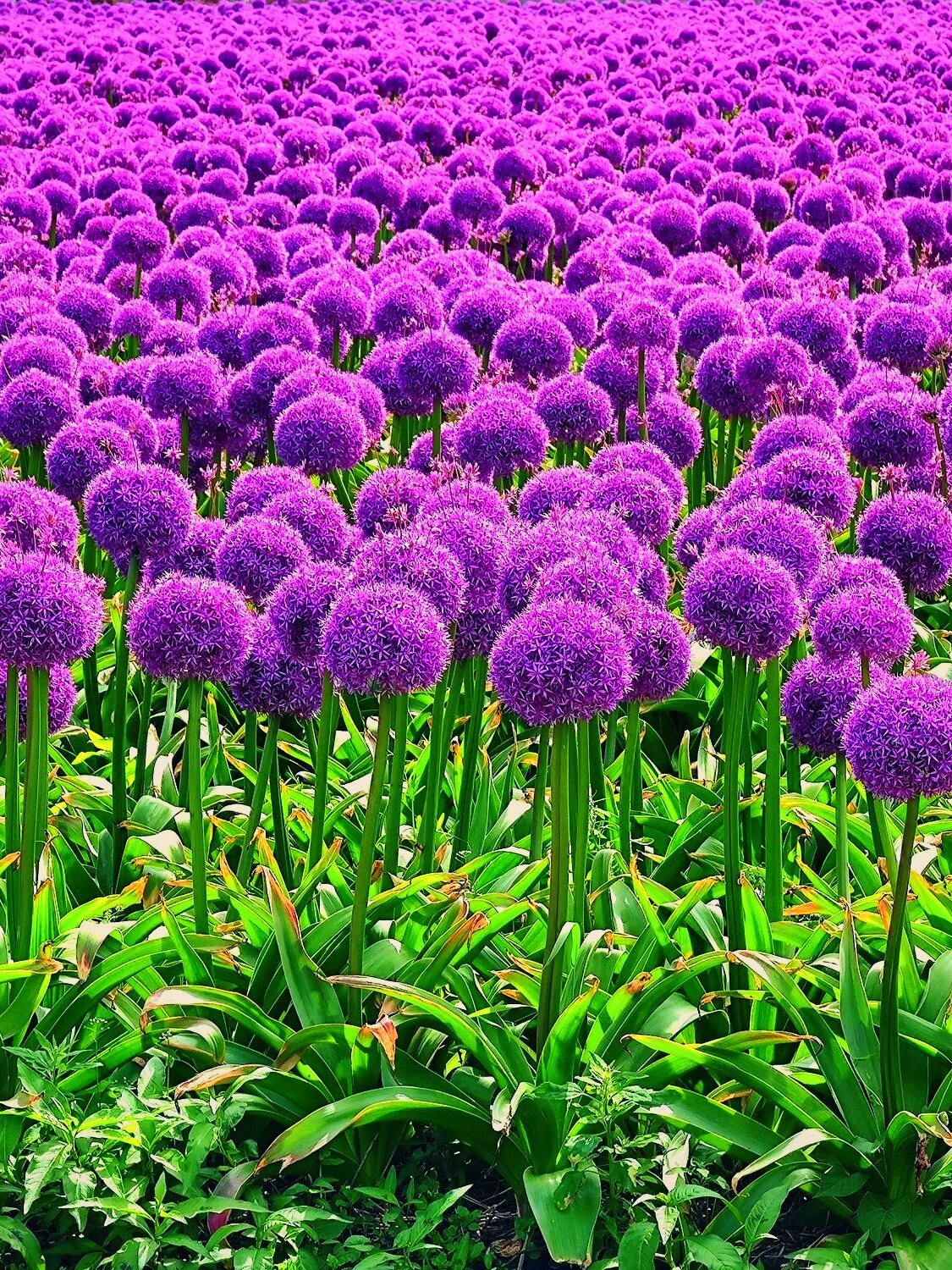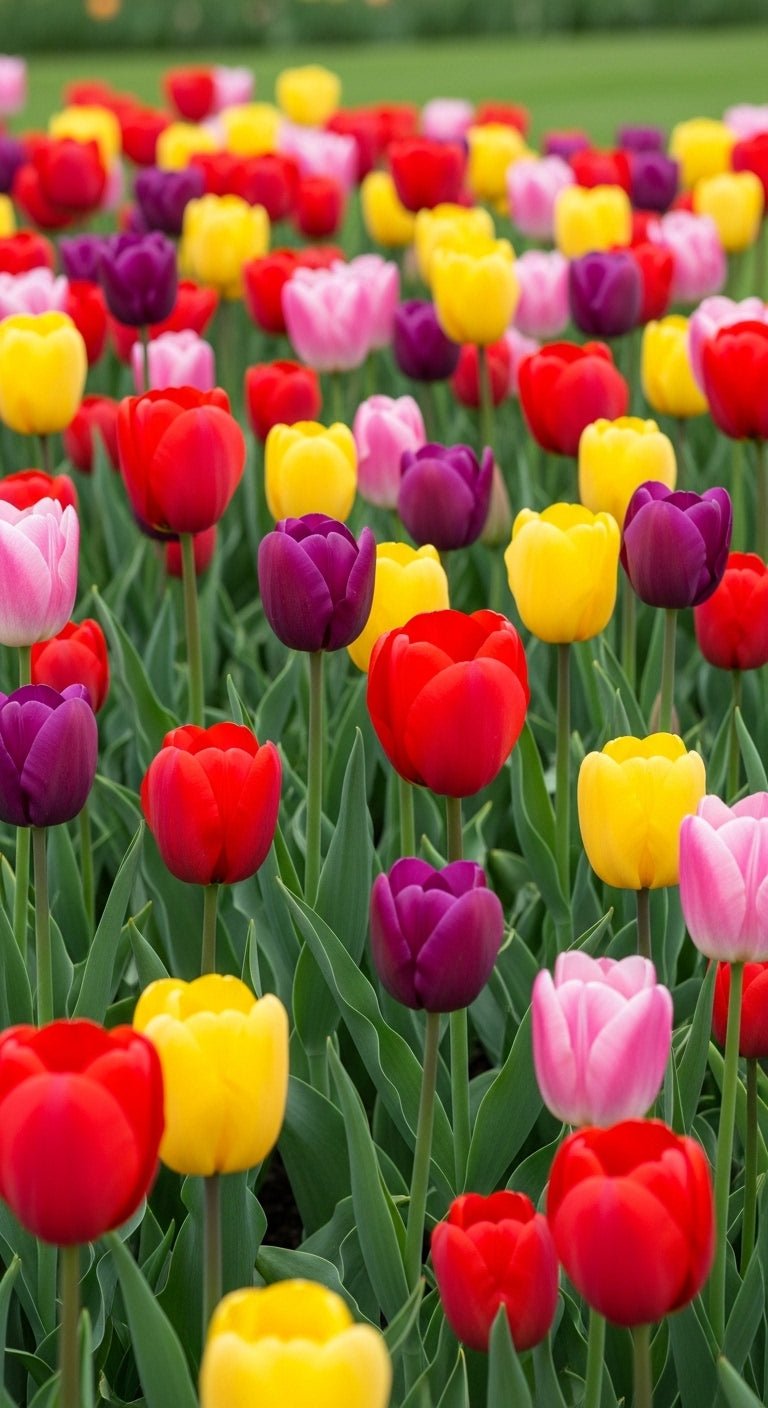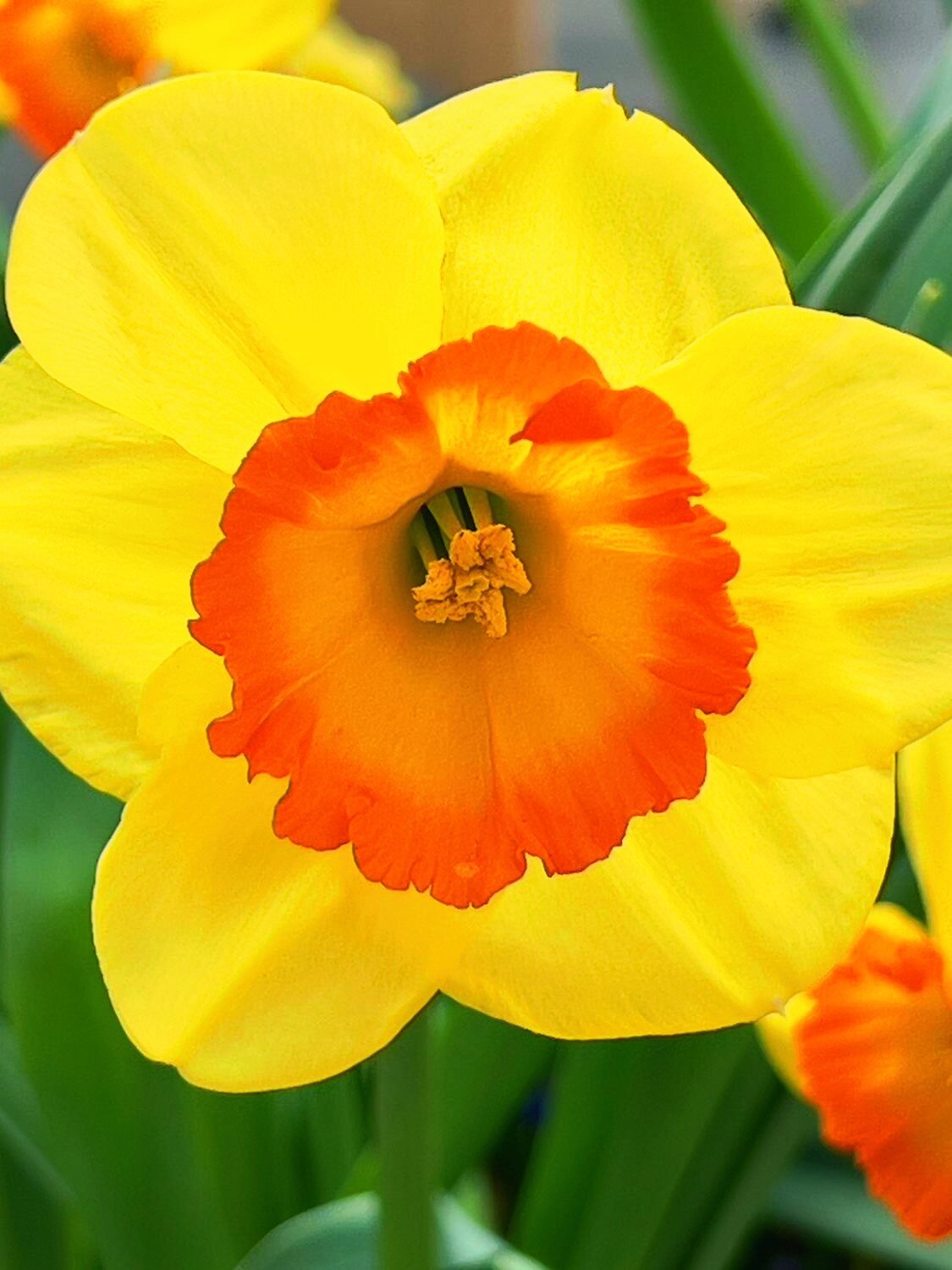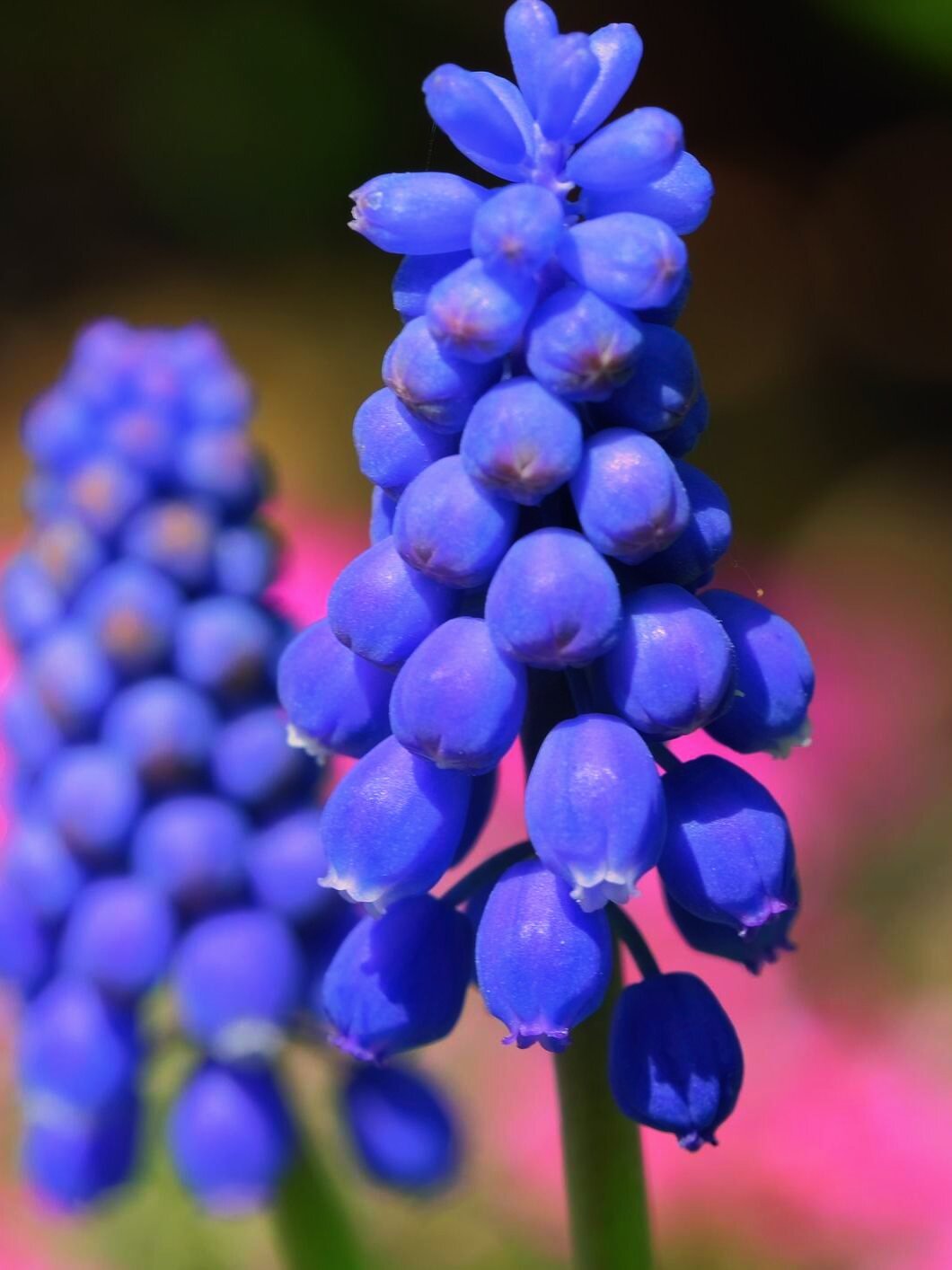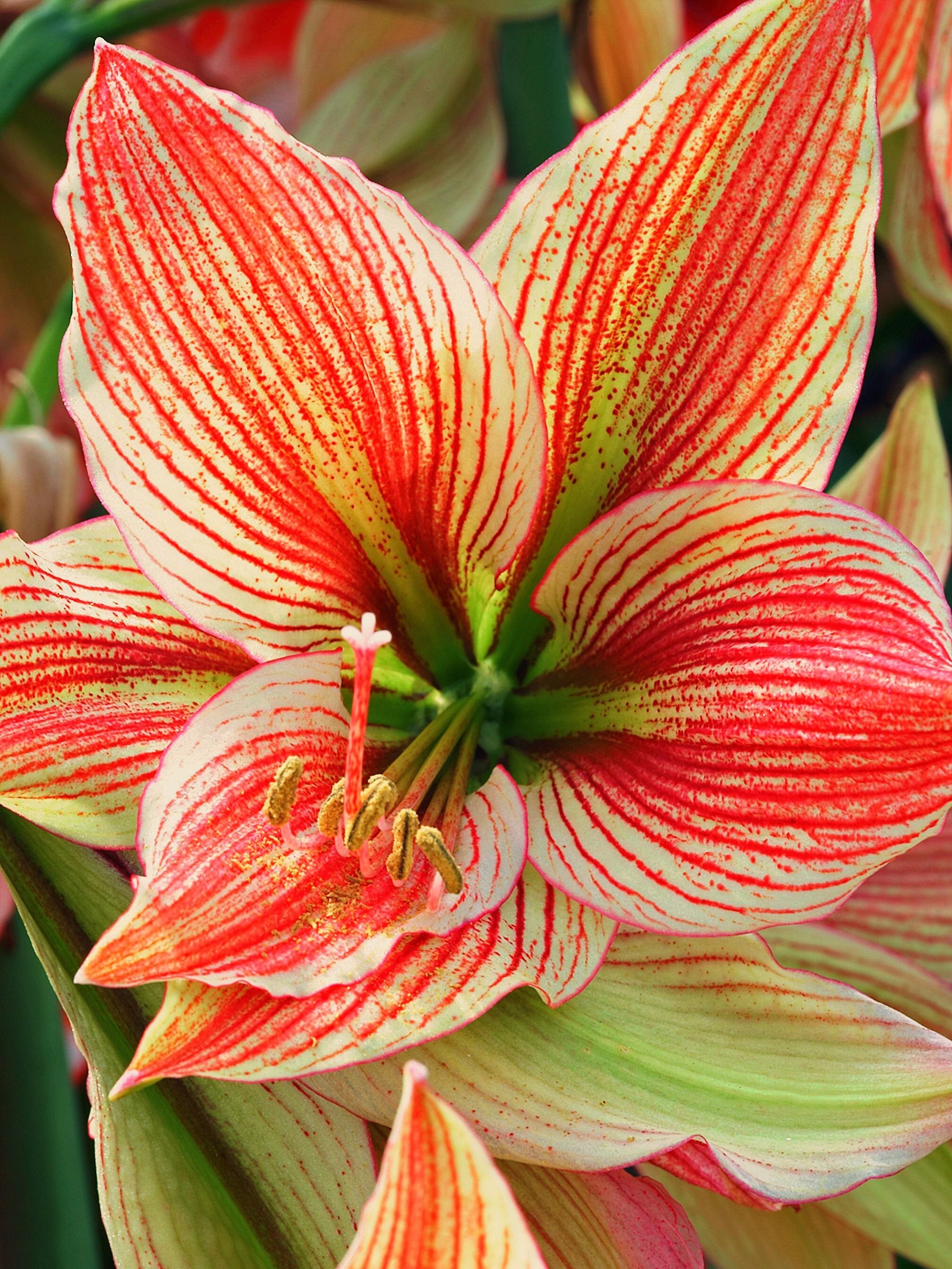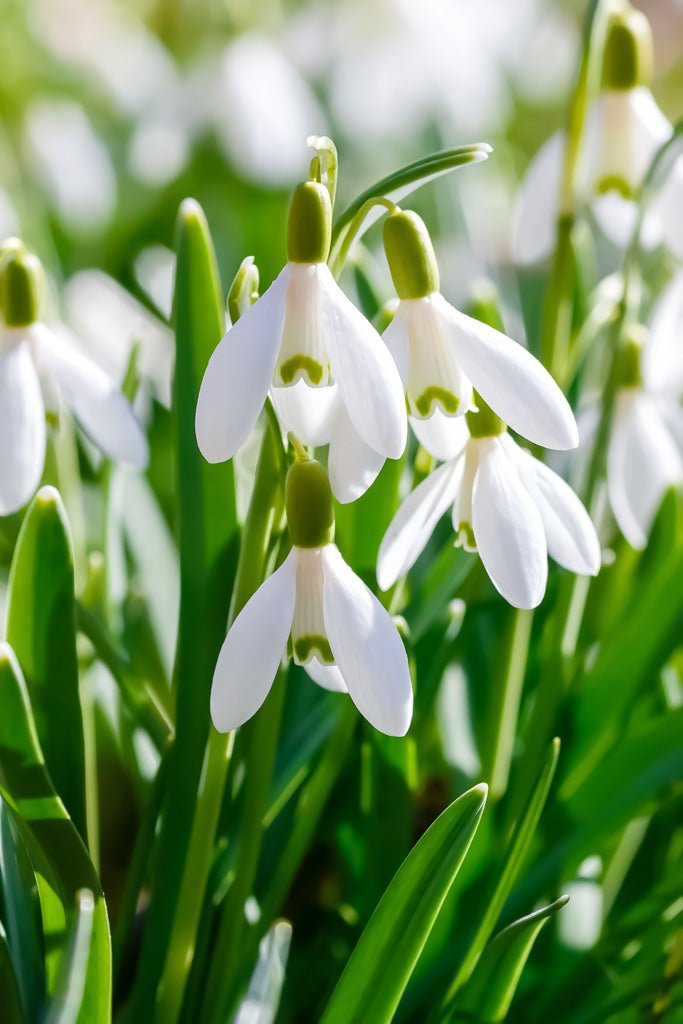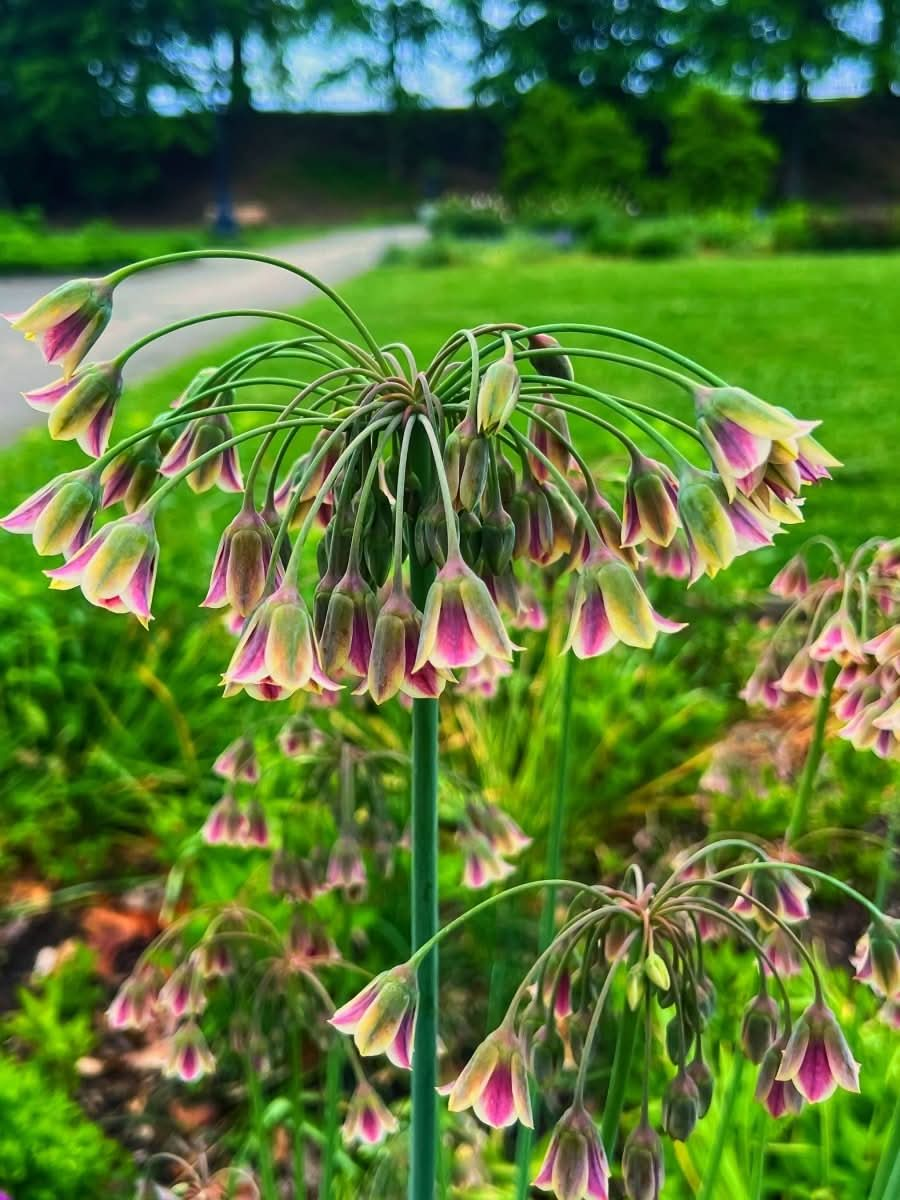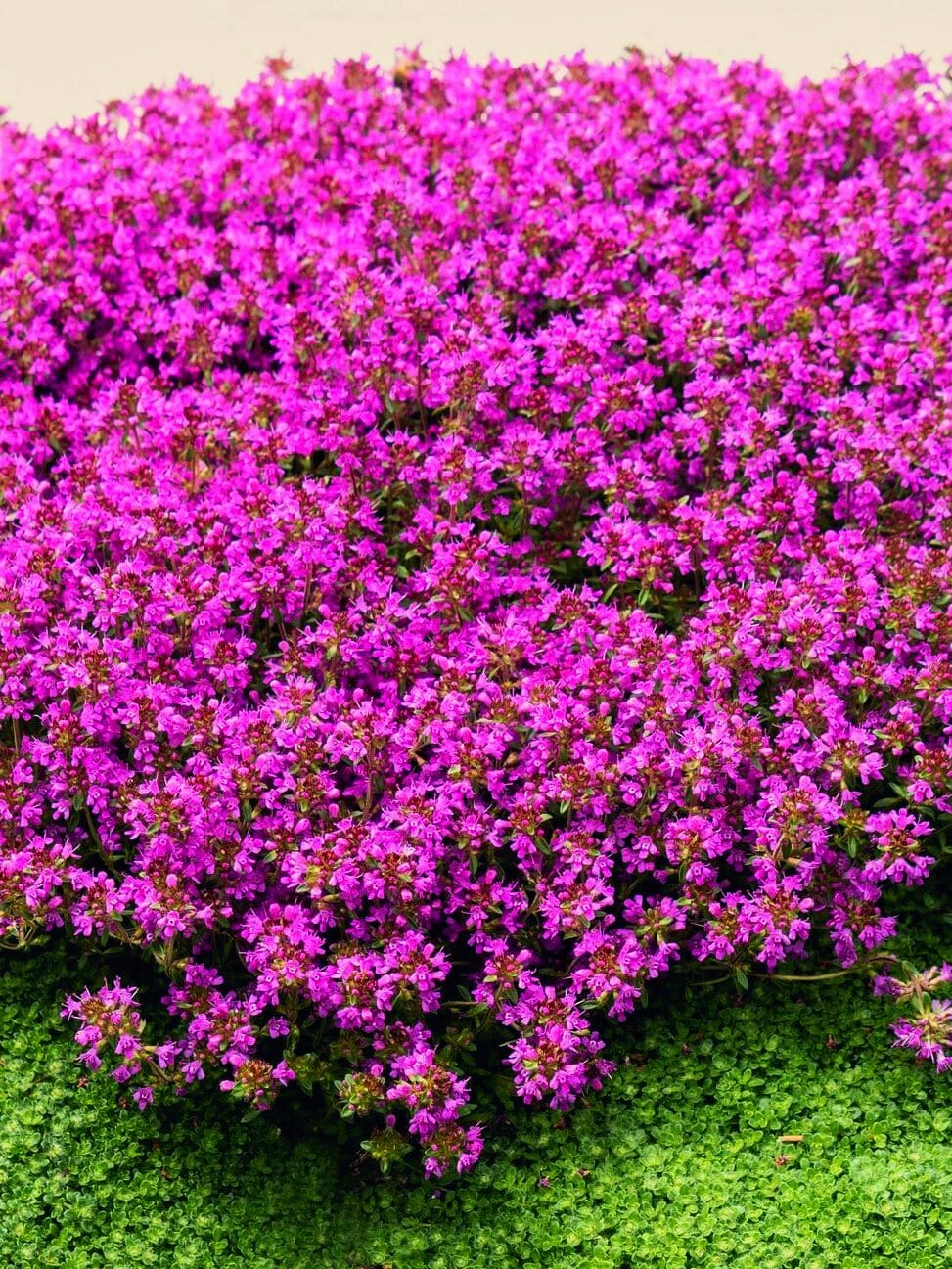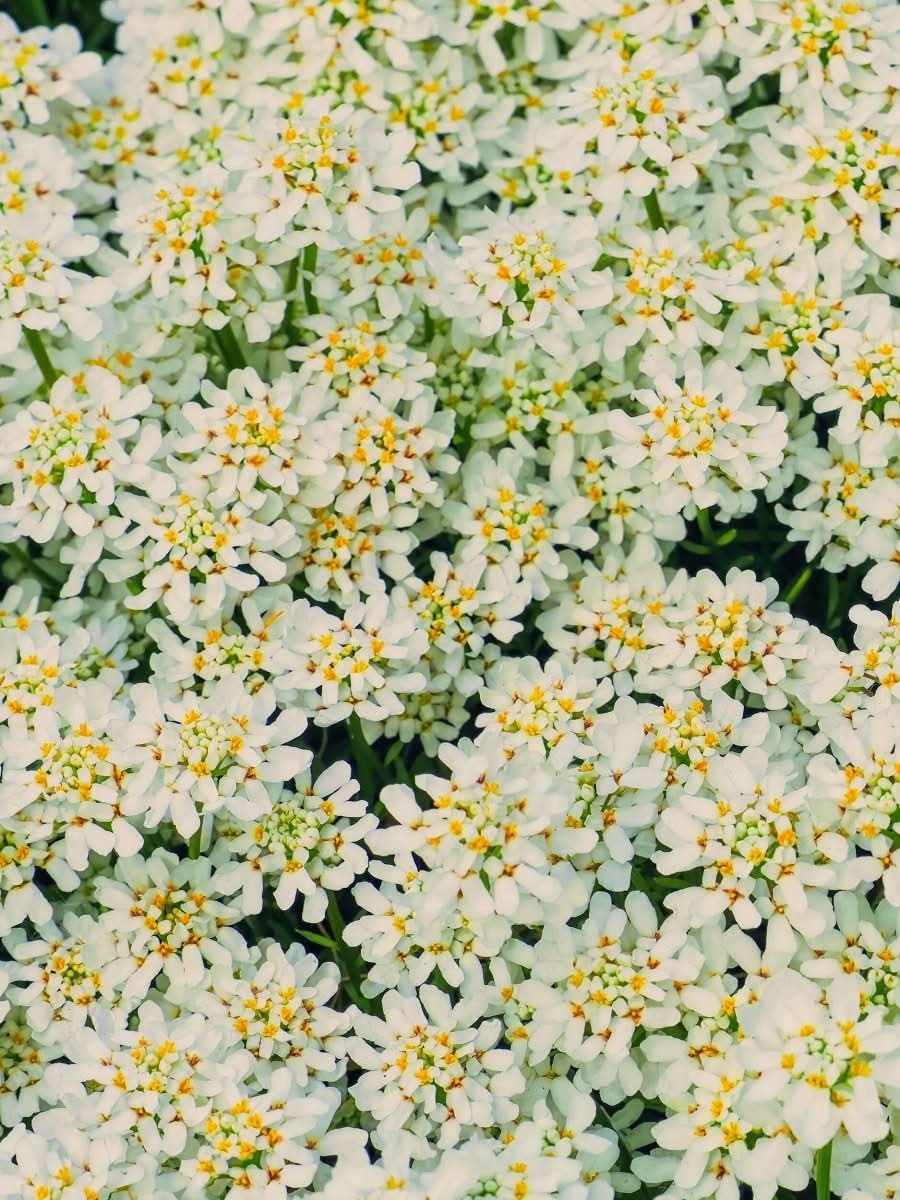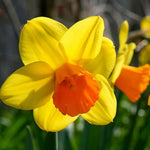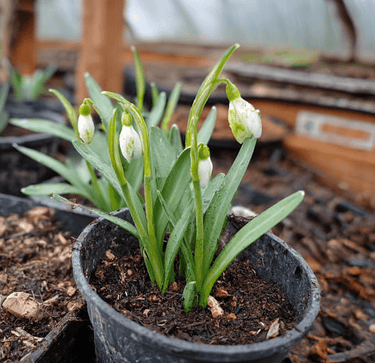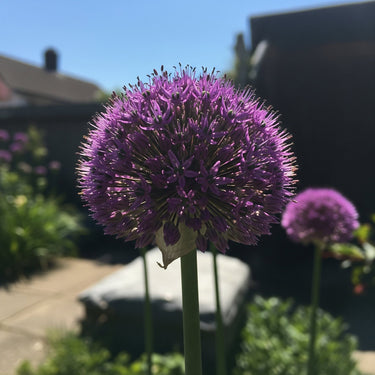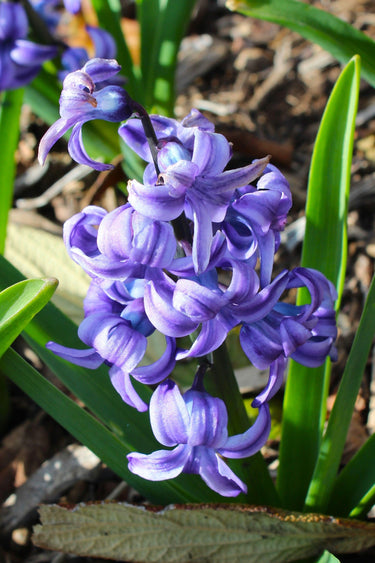
Daffodil (Narcissus) 'Jetfire'
A true icon of early spring, 'Jetfire' is a small but mighty Cyclamineus daffodil with an electrifying colour combination. This RHS Award-winning variety is instantly recognisable by its bright golden-yellow petals, which are sharply swept back from the cup in the classic, windswept Cyclamineus style. Providing a stunning contrast is the slender, trumpet-like cup, which is a brilliant, fiery reddish-orange. The effect is dynamic, exciting, and full of energy. 'Jetfire' is one of the earliest daffodils to bloom, creating a welcome blast of hot colour when the garden is just waking up. It is an incredibly robust and reliable perennial that will naturalise with ease, forming larger, more impressive clumps year after year.
| Botanical name | Narcissus 'Jetfire' |
| Flower colour | Yellow, Orange |
| Bulb size | 10/12 cm |
| Established height | 20-25 cm |
| Established spread | 10 cm |
| Plant spacing | 100 bulbs per m² |
| Leaf colour | Green |
| Habit | Clump-forming |
| Life cycle | Perennial |
| Hardiness | Fully Hardy |
| Years to establish | 1st year |
| Sunlight | Full Sun, Partial Shade |
| Position | Exposed or Sheltered |
| Suitable for | Borders, Rock Gardens, Naturalising, Pots |
| Soil acidity | Any |
| Soil moisture | Well-drained |
| Soil type | Chalk, Clay, Loam, Sand |
| RHS Award (AGM) | Yes |
| Growing skill | Easy to grow |
| Pollinator-friendly | Yes |
| Deer resistant | Yes |
Planting and Flowering Calendar
Key Features
Packed in paper
Packed peat-free
Great for Shade
Attracts wildlife
Low maintenance
RHS Award (AGM)
Rodent resistant
Perfect for pots
Suitable for indoors
Naturalising

